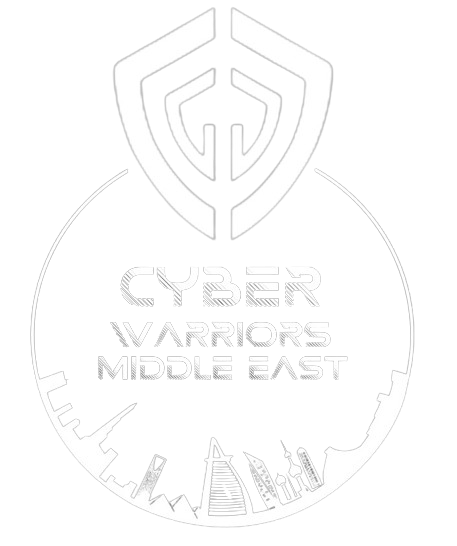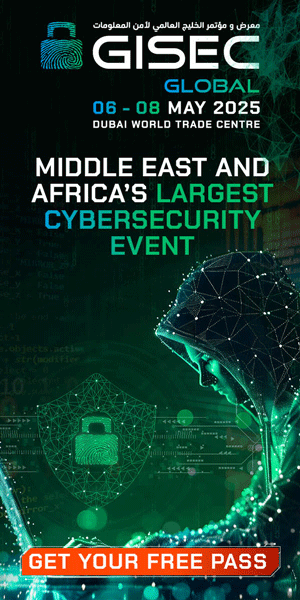Introducing Netwrix Privilege Secure: Enhanced Secure Remote Access for Modern Workforces
Netwrix Unveils Enhanced Privilege Secure for Seamless Remote Access
In a bold move to bolster cybersecurity for remote workforces, Netwrix has launched a new component of its Privilege Secure platform, designed to simplify secure remote access for distributed teams and third-party vendors. This innovative add-on marks a significant shift away from traditional VPN dependencies, offering organizations a more streamlined and secure approach to managing remote access.
As businesses increasingly adopt Zero Trust Architecture, the need for robust remote access solutions has never been more critical. The latest enhancement from Netwrix introduces granular, identity-based access control, allowing employees to securely access vital systems from any location. With just-in-time privileges, organizations can minimize risks associated with unauthorized access, while also simplifying vendor management through temporary, controlled permissions.
“Securing remote access is now an integral part of Zero Trust strategies,” said Michael Tweddle, Chief Product Officer at Netwrix. “Our capabilities empower organizations to enforce Zero Trust policies for privileged users, ensuring that no user or device is inherently trusted, regardless of their location or network.”
Key benefits of the new Netwrix Privilege Secure component include quick setup with minimal infrastructure changes, VPN-less connectivity that enhances security and reduces latency, and granular access controls that provide precise oversight. Additionally, advanced auditing capabilities offer comprehensive session monitoring, enabling IT teams to swiftly address any anomalies. The integration of Multi-Factor Authentication (MFA) further strengthens remote access security, ensuring that all connections are rigorously verified.
With this latest enhancement, Netwrix is poised to redefine secure remote access, empowering organizations to navigate the complexities of modern work environments while safeguarding their critical systems.


